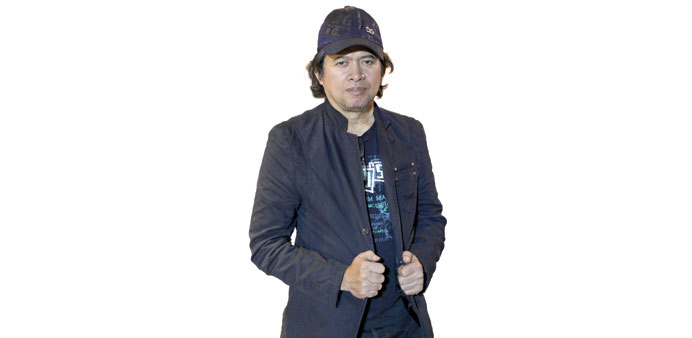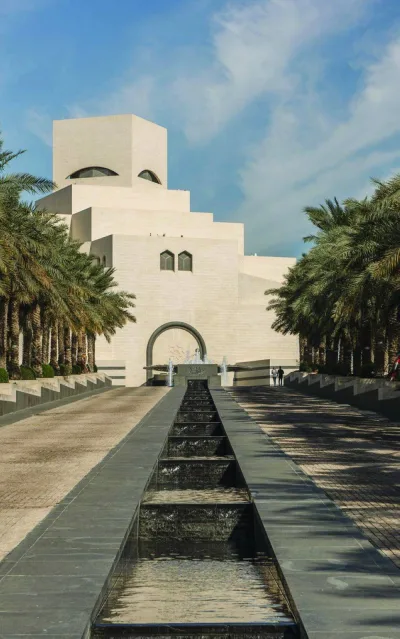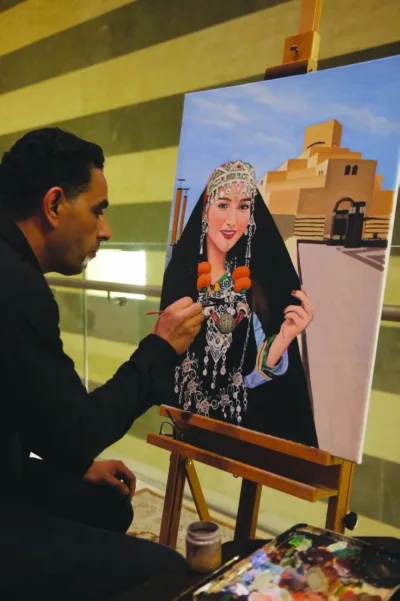— Dawud Gabres, Filipino portrait specialist
By Umer Nangiana
Is it my image or is it my face reflecting off a looking-glass? This is how most people wonder when they first lay eyes on their portraits sketched on a sheet of paper by the soft yet steady and nimble hands of Dawud Gabres.
“MashaAllah” spontaneously rolls off their tongues and then they just smile. And they are not even made to wait too long to see their ‘doubles.’ Some even look astonished when they are shown the ‘mirror image’ for the first. Perhaps, they did not expect it to be this realistic!
But then Gabres has been working all his life to achieve this one skill — often termed photorealism. And he does not even make you wait too long to see the results. At 54, this Filipino portrait artist can produce magic within just 20 minutes.
For the more detailed one with all the contours and curves visible in colour and shade, he would take only an hour. It is unbelievably close to one’s actual face. Gabres had drawn his first portrait when he was just nine. He had started making pro-level cartoons and caricatures in high-school.
He can make a sketch out of mere verbal description of a person. Police in his country have nabbed suspects with the help of sketches drawn by him on request!
“I have been drawing since I was a child. I started with self-portraits (smiles). Then, I drew my family. I have been making high quality drawings since the age of nine. At school, my friends used to get their portraits drawn,” Gabres, busy working on a young boy’s portrait at his work station in Souq Waqif Art Centre, tells Community.
Sporting a P-Cap and thick eye-glasses, he is slightly bent over the easel in a steady posture with a cell-phone displaying the picture of his subject in his left hand while his right hand works on the sketch. He keeps sifting different sizes of charcoal pencils and brushes to find the right one, finding the right one without even looking at the pile under his right hand.
On finishing his high school, Gabres asked his father if he could study fine arts as a career choice, who gave him the go-ahead. While he did manage to participate in many group exhibitions soon after completing graduation, the young artist had to take up a job at a bank since earnings from art were not enough to support a sustained livelihood.
“Unfortunately, it is difficult to make a living out of art only, particularly when you are someone like me who does not come from a very well-to-do family. The paintings, for example, take a lot of hard work yet the artist would not get any money for them until they are sold, which often takes time,” Gabres acknowledges.
This is why he does sketches and portraits, which affords quick income. “I come for a humble background but when I decided to study art as a career choice, my family supported me. My parents and all my siblings came forward to help me. I managed to do what I wanted,” he says.
Today, all his three children are very well settled into their respective professions. The eldest is a teacher, the one in the middle a chef at a restaurant, and the youngest has just graduated from a fine arts school.
“I think I have always been able to strike a balance between my passion for art and social responsibility vis-à-vis my family. I have not faced any significant financial issues and have been able to satiate my urge for drawing and portrait-making,” he says.
Even at his bank job, he kept getting sketching jobs, which he believes, honed his skills. After 27 years at the bank, he retired and moved to Qatar in 2010. His first job here was with a portrait artist in Landmark Mall before he shifted to Souq Waqif Art Centre a year ago.
While also occasionally, indulging in oil and water colour paintings, drawing remains his first love. “I think I always knew it was drawing I was going to do. I would always go through a sense of satisfaction whenever I completed a drawing. Looking at my finished work and seeing that it looks exactly like the actual picture or the model, makes me happy,” says Gabres.
Hailing from the Bulacan province of Philippines — known for its history, art and culture — the artist believes some professional training is necessary for an artist to learn certain techniques in portrait-making. He has been teaching them, both in Philippines and here in Qatar at the Katara Cultural Village besides the Art Center.
However, he acknowledges his most treasured work in drawing is the one he did as an amateur artist.
“When I was studying fine arts, I did paintings and drawings in styles they did not teach at school. I used to do it all by myself. For instance, the school did not teach me to use charcoal with brush as a medium, but I experimented with it and it came out really nicely,” Gabres recalls.
“I like the pieces that I have done before I formally learned art techniques because despite the defects, they are something that I created with sheer talent and pure natural ability,” he explains.
Nowadays, Gabres says, he is getting so many orders for portraits that he hardly finds the time for paintings.
It takes him between 20 minutes and a maximum of an hour to complete a portrait. It all depends, he says, on the size of the portrait and the details. He normally makes A3 sized portraits, but if the client wants bigger, he can do that, too. These take more time to complete, but are high quality portraits, claims the artist.
He particularly values the work he did whilst working for a bank in Philippines when he used to draw sketches of crime suspects at police request to help trace them. He would produce such work with the help of mere descriptions!
“They would just verbally give me details of the suspects, and I would draw their sketches to help the police trace them. My sketches, the police said, turned out to be almost identical to the faces of the suspects in the end,” says Gabres, with a smile.
He makes QR150 for a single portrait and two for QR250. On good days, he even goes on to make five portraits a day. Drawing old people, he says, takes more time and effort as it involves extracting actual facial expressions from all the wrinkles on their faces. Children, however, are the easiest.
Gabres has tried almost everything in the field of art; however, he regrets not having enough time to learn sculpturing as he loves the art form and would have tried his hand at it.

VETERAN: Dawud Gabres acquired skills through experience to practice photorealism. Photo by Umer Nangiana


